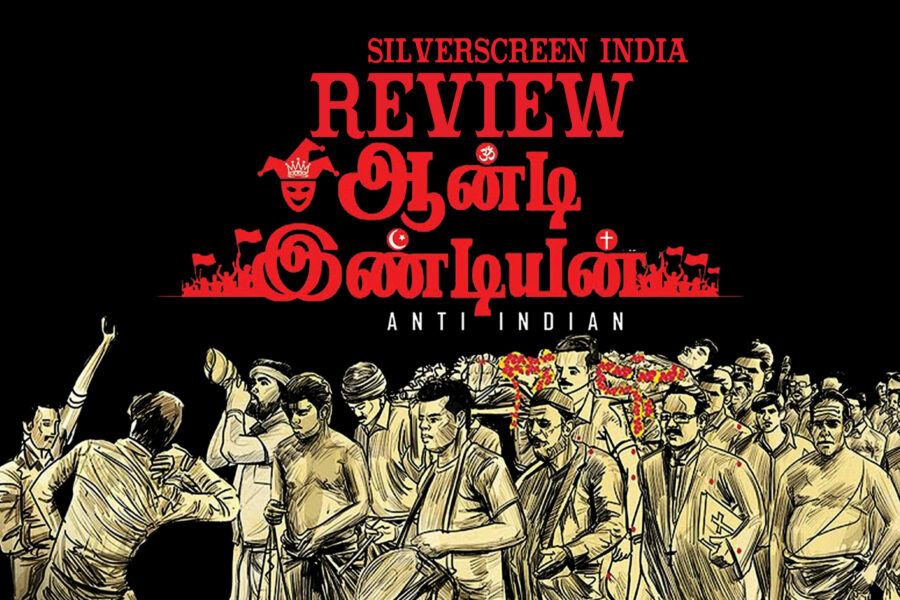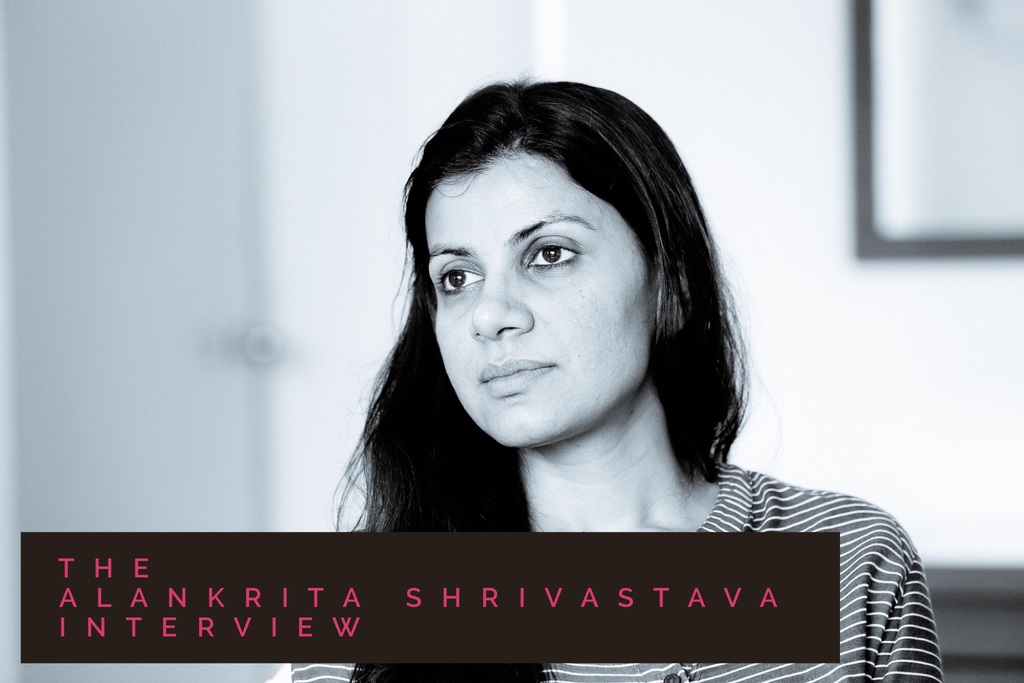The most entertaining part in Anti Indian arrives a little over an hour into the film. A man (“Blue Sattai” C Elamaran as Basha) is dead, and the devout – across faiths – refuse him their cemeteries citing religious ambiguity. Even as his mother and uncle try to preserve his dignity in death, the various political establishments take note of the development and try to wedge their advantage in the upcoming by-elections.
The entertaining moment though, belongs to a worker who puts up canopies at social events. Basha’s uncle – Elumalai who’s swathed in orange – and Basha’s mother who’d coupled with a Muslim leading to an inter-faith by-product of their marriage, struggle to find a few feet of burial space. The worker though, goes on a fuck-all rant because it’s the third time he’s having to erect the canopy after two pseudo-burials – in such chaste Madras Tamil that it’s a laugh-out-loud moment. It’s in these instances of dark humour that Anti Indian shows some character.
Otherwise, the film – written by Elamaran – is filled with dramatic overtures by the writer-director, who’s also styled himself with the now-popular prefix “blue sattai” in credits. Elamaran has also written the screenplay and made music for good measure – always a bad, bad idea. For someone who’s made a living doling out scathing – sometimes with a hint of truth – reviews about movies, Elamaran makes the rookie mistake of taking up one too many jobs within a production. But surprisingly, the story that Elamaran narrates does hold attention.
When Anti Indian opens – probably named thus due to the secularist messaging and what being secular is synonymous with in the country – Elamaran begins the tale just as he would a review. In the same voice, the same tenor, and the same let-me-make-it-simple-for-your-ears analogy. Something plucked out of or written for children and dumbed down enough that it ultimately turns into a story that you’d read in a badly-edited reprint of a book, devoid of any and all nuance.
In a while though, you sense where Maran is going with the story – he’s chosen a route to appeal to the masses, to the humanity at large, and he sets the stage up. It’s funny in the parts that don’t try too hard to deliver lessons, or train the camera on the bereaved. Indeed, towards the end, Maran surprises us with some genuine theatre. And that’s where, in between all the sniffling and crying and bandying about in whites and cop outfits, not to mention a costume party involving three religions, Anti Indian unfolds – with moments here and there that engage.
Recommended
Then, Radha Ravi emerges on screen. When the openings credits play, there’s a curious little apology to actors who’d auditioned but were not cast, and actors whose scenes have been edited out. It’s almost sweet, until Radha Ravi rolls up as the second member of the cast. It’s delicious irony to what Maran preaches in his writing, in his screenplay and the dialogues. He does care about people, his co-citizens; he wants them to be peaceful, lovely, diverse human beings who group together in a large bungalow and sing secular verses. But he’s also chosen sides in his film – a supposed socio-political commentary that has a singular agenda, and desperately bats [only] for religious unity.
*****
This Anti Indian review is a Silverscreen original article. It was not paid for or commissioned by anyone associated with the movie. Silverscreen.in and its writers do not have any commercial relationship with movies that are reviewed on the site.



